Egyptian Pyramid Facts
Table of Contents
One of the seven wonders of the old world, the ancient Egyptian pyramids stand to this day as an architectural and cultural marvel. They continue to baffle and challenge researchers, archaeologists, and historians across all meridians. While theories, reinterpretations and pieces of new evidence still rise in number, here are seven most astonishing facts about the ancient Egyptian pyramids.
The Great Pyramid has 8-sided base
The Great Pyramid in Giza, ascribed to Pharaoh Kheops, is today the only remaining of the seven wonders of ancient world. Positioned on the Giza plateau it was built over only three generations of kings. Largely still impressive today, it once deserved the name of the tallest man-made structure for 4000 years. The enormous stone blocks that were used to build it could weigh anywhere near 8 to 70 tons. The Great Pyramid actually has eight sides, a more complicated architectural endeavor than a simple four-sided pyramid.
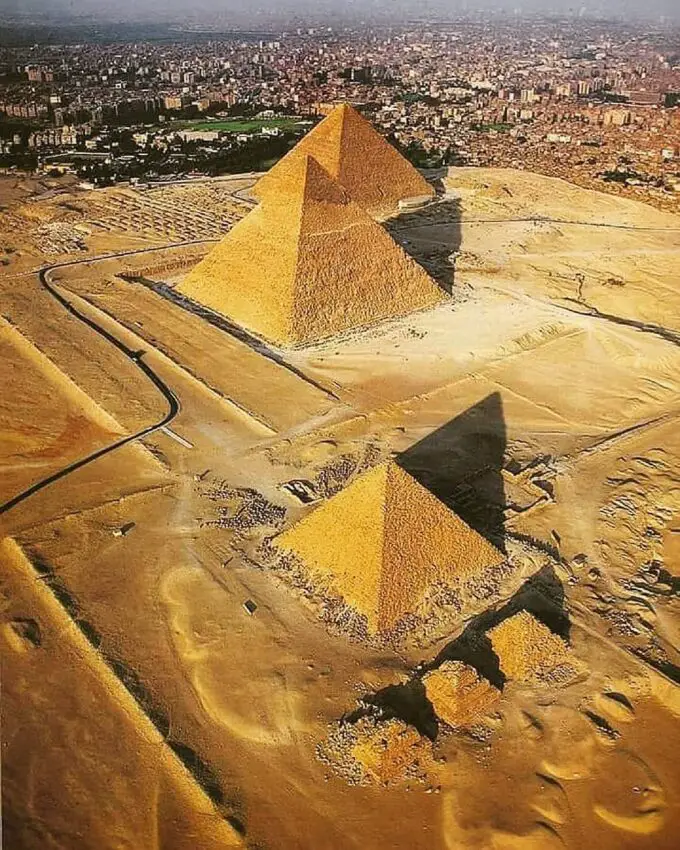
Inside, the Great Pyramid has three chambers. With uncanny precision, the Egyptian builders have cut a tunnel way through the solid block, around 90 meters long, and 1 meter wide, to reach the lowest chamber. To keep the exact same angle of the tunnel and to endure the difficult working conditions inside would ask for state of the art tools. Also, the builders worked with over two million stone pieces, all with different shapes and sizes which would make accurate construction much harder. Despite of this, the upper chamber is perfectly horizontal and vertical to the outer edges of the pyramid. The very outside of the pyramid was originally covered in fine limestone so that it reflected sunlight and could be seen from far distances.
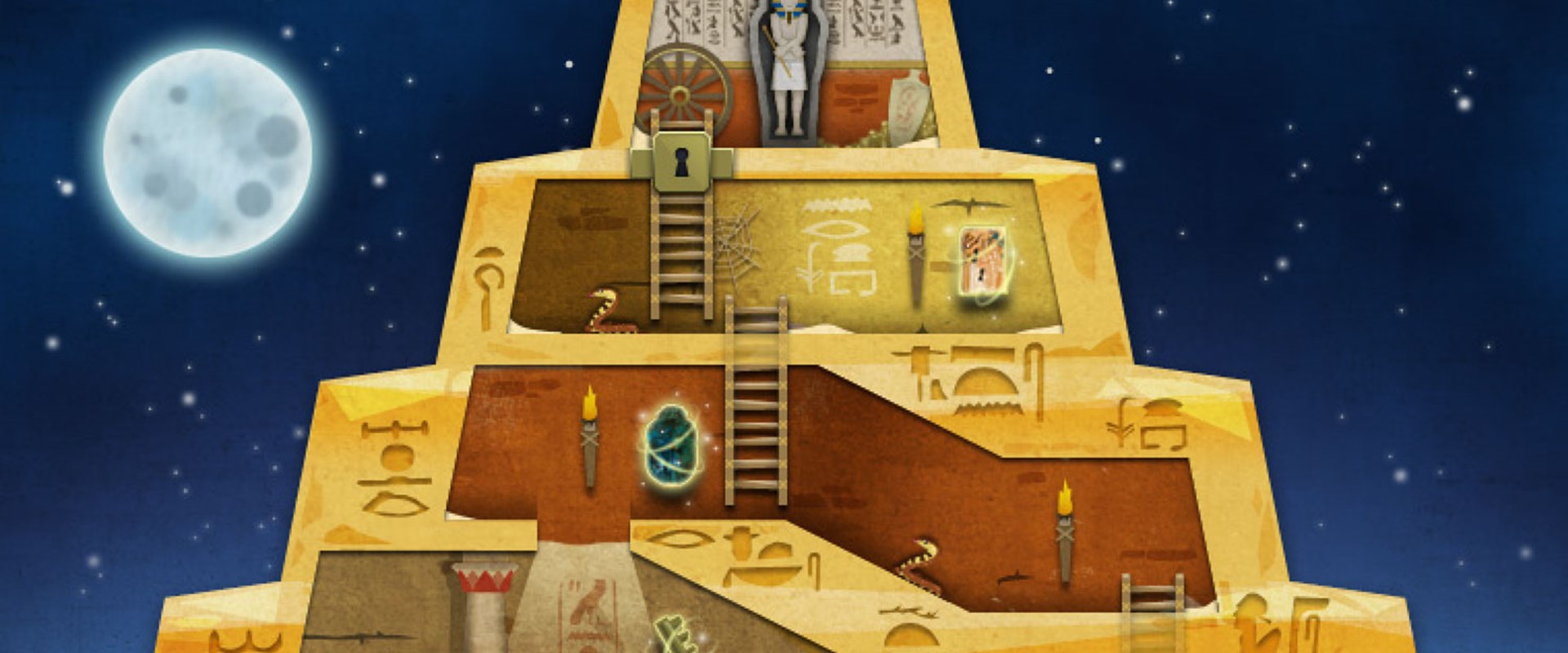
Built to help the kings ascend to the God of Sun
The Egyptian pyramids were constructed during the so-called Golden Age, the rule period of the fourth dynasty of the Egyptian old kingdom, and mainly served as tombs of the kings and their resting place until they moved into afterlife. For this reason, the tombs were usually equipped with all the objects that may serve the king in his afterlife, sometimes even including animate objects like live animals.
However, one astonishing fact about the pyramid is that it was purposefully built to help the late king ascend to the sun, to the God of Sun Ra, since every Egyptian king deemed himself as a deity living on earth. The pyramid is the place where this ascension takes place and the king is reborn. However, this does not answer all the possible questions about the mysterious ancient pyramids. It seems that whenever archaeologists or historians disagree upon what the actual purpose of a historical artifact was, it is ascribed automatically to religious causes.
Ancient Egyptians knew about the precession of the equinoxes
The position of the pyramids is not random, but absolutely precise. It points north within five hundredths of a degree, and it is pointing true magnetic North with a greater precision than Greenwich or Paris Observatories. In the 19th century, Charles Piazzi Smyth, Astronomer Royal for Scotland, claimed to had discovered specific unit of measurements in the Great Pyramid of Giza. These were the pyramid inch (equals 1.001 British inches), pyramid pint, pyramid temperature scale. When he measured the circumference of the Great Pyramid in inches, it showed the result of 36524.2 inches. This number is also the average time it takes the earth to orbit around the sun.
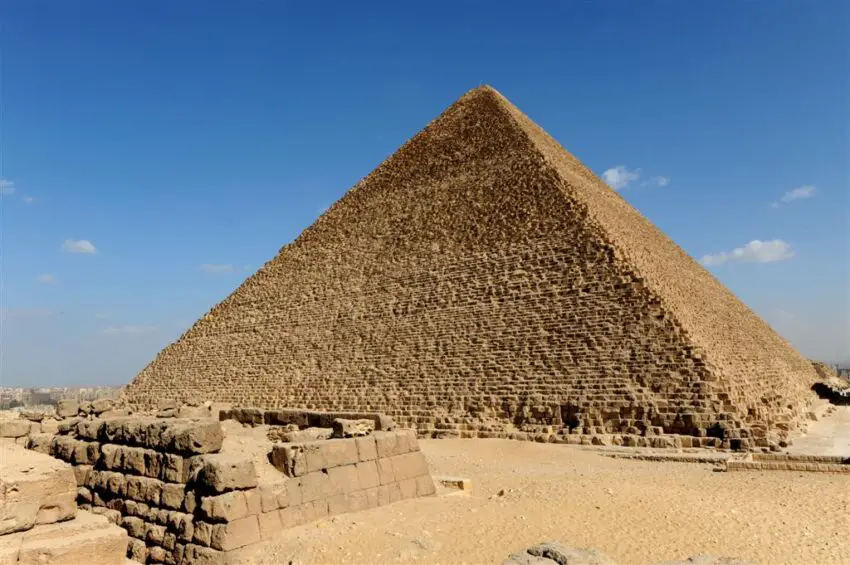
Perhaps the most astonishing fact about the Egyptian pyramids is that they exemplify the knowledge of the precession of the equinoxes. It occurs due to a gradual shift in the orientation of Earth’s axis of rotation. Or visually explained, it is when stars are moving in a retrograde motion across the sky in a 26,000-year cycle. Another amazing coincidence is that the three pyramids of Giza are correlated with the stars in the Orion belt. The Orion constellation was associated with Osiris, god of rebirth and afterlife.
Pyramids show advanced knowledge of mathematical constants
The Great Pyramid’s length minus its height is 314,16 meters; that is number Pi multiplied by hundred. The two sides added together, in meters, equal 100 times the golden number square. The golden number, or the golden ratio is the number Phi, 1,618 and is applied times and times again in aesthetics, architecture, fine arts, theology etc. Number Pi is also a mathematical constant. All these measures are defined in meter, a constant that was established not until 1793 and calculated according to the circumference of the Earth.
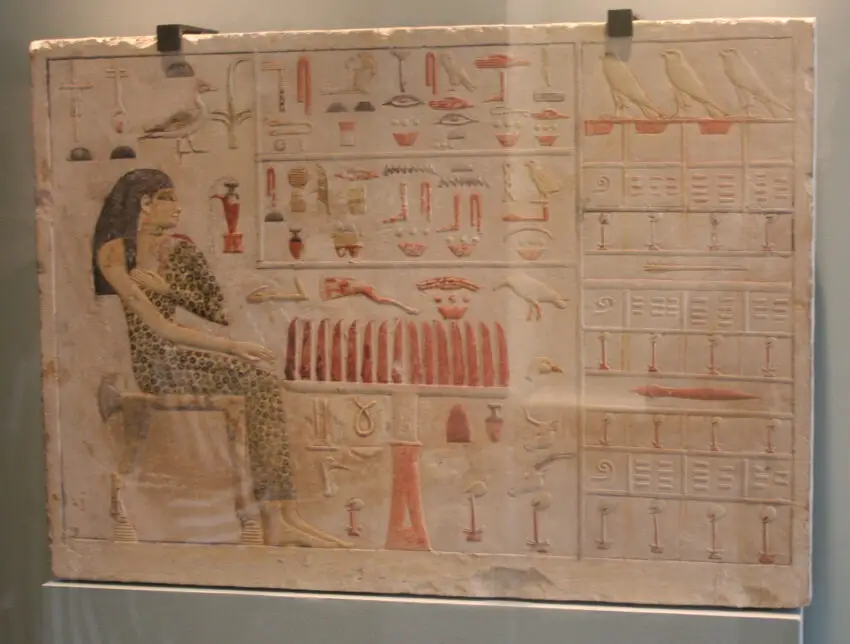
A common Egyptian unit of measurement was cubit. Because the found cubit rods varied in length, the archeologists measured the unit according to The Great Pyramid’s proportions. One cubit equals 0,5236meters. If we draw a circle with a diameter of one, then the circumference of it equals Pi, 3,1416. Take one-sixth out of that circumference and you get the value of 0,5236. It is an astonishing fact rather than a coincidence that the ancient Egyptians chose to use this constant as their unit measure. Evidently they knew the secret language of mathematics and geometry.
Many more smaller buildings around the pyramids
Another astonishing fact about the Egyptian pyramids is that there are many more numerous side structures and buildings that undeservedly stay in the shadow and are not so widely known. The pyramids were only center pieces placed among other smaller tombs called necropolis – the city of the dead. With the pyramid there is only a monument over the king’s tomb.
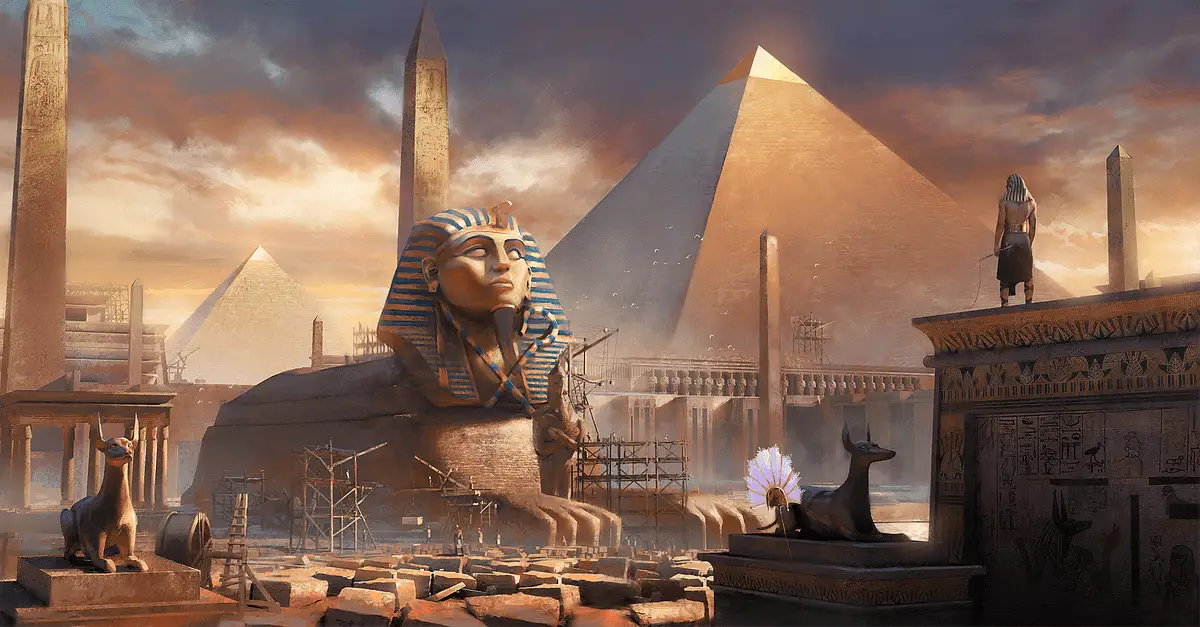
But adjunct to it are many other constructions, like for example, the temple honoring the king and there is a long causeway leading to another temple. At these places offerings are presented to the king. Also there were many smaller buildings for the staff that takes care of the temple. The legendary Great Sphynx of Giza, otherwise believed to be one of the center pieces, is also part of such a complementary necropolis, built around the resting place of Pharaoh Khafra.
Speedy building process relied on primitive tools
To imagine just how impressive the construction of the pyramids was, one must take into account the transport of the construction material. The huge granite blocks were hauled over long distances up to 5000 miles (or around 8000 kilometers). However, a more astonishing fact or mystery about this is how these gigantic blocks weight of a car were hauled upwards – a challenge even for today’s construction. When one takes into consideration that its builders worked at speed, it is mind-blowing that the precision of the pyramids is within a centimeter, even a millimeter.
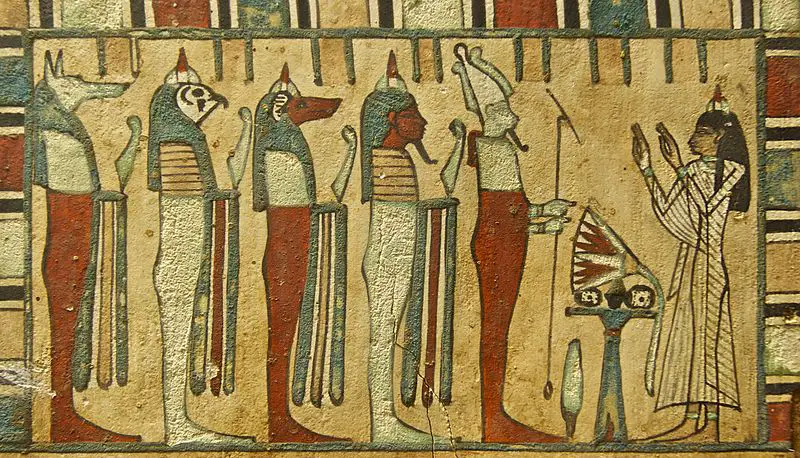
Estimates are that it took only twenty years to build the Great Pyramid. There are over two million stone blocks in one pyramid. If they worked twelve-hour shifts, year-round, the builders would have to quarry, carve and lift a block every 2,5 minutes. Lastly, all of this was done without the use of the wheel, steel or iron, but only with a primitive mallet and a piece of stone.
Other ancient peoples also built pyramids
Even though pyramids were built by other ancient people, the similarity in construction process and assumed purpose remains the hidden link. Egyptian pyramids are not the only instance where irregular stones were stacked upon each other to create a perfect earthquake-proof object. There are nine sites around the planet where this technique was being used. One of them is Easter Island, one of the most isolated places in the world, and only 15 miles long. There is a number of carved volcanic rocks, gigantic statues called Moai. One of the walls that carries some of the statues is carved and built in the same manner as the Egyptian pyramids.
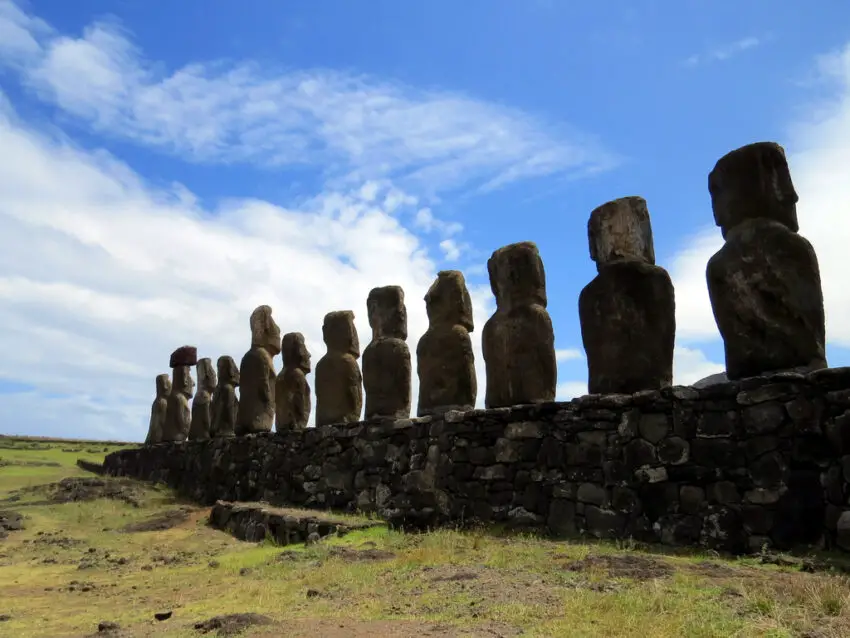
Hundreds of miles away, on the coasts of Peru, there is a Nazca geoglyphs plateau with many drawings carved on the ground visible from the areal perspective only. Not far from Nazca a pyramid has been discovered, as well as mummified human remains. In Cuzco, Peru, there is another instance of a wall built by the Incas, using the same irregular stone blocks building technique. The same is in Saqsayhuaman Site, Peru. Another Peruvian ancient site, Machu Picchu, also mirrors the Egyptian construction. Astonishingly, this is not the only thing that connects them. They are positioned on the same imagined straight line, a line that is at exactly 30 degrees to the equator. Moreover, in Mexico, there are three main pyramids. In central China as well, at the site Shen-Hsi.
